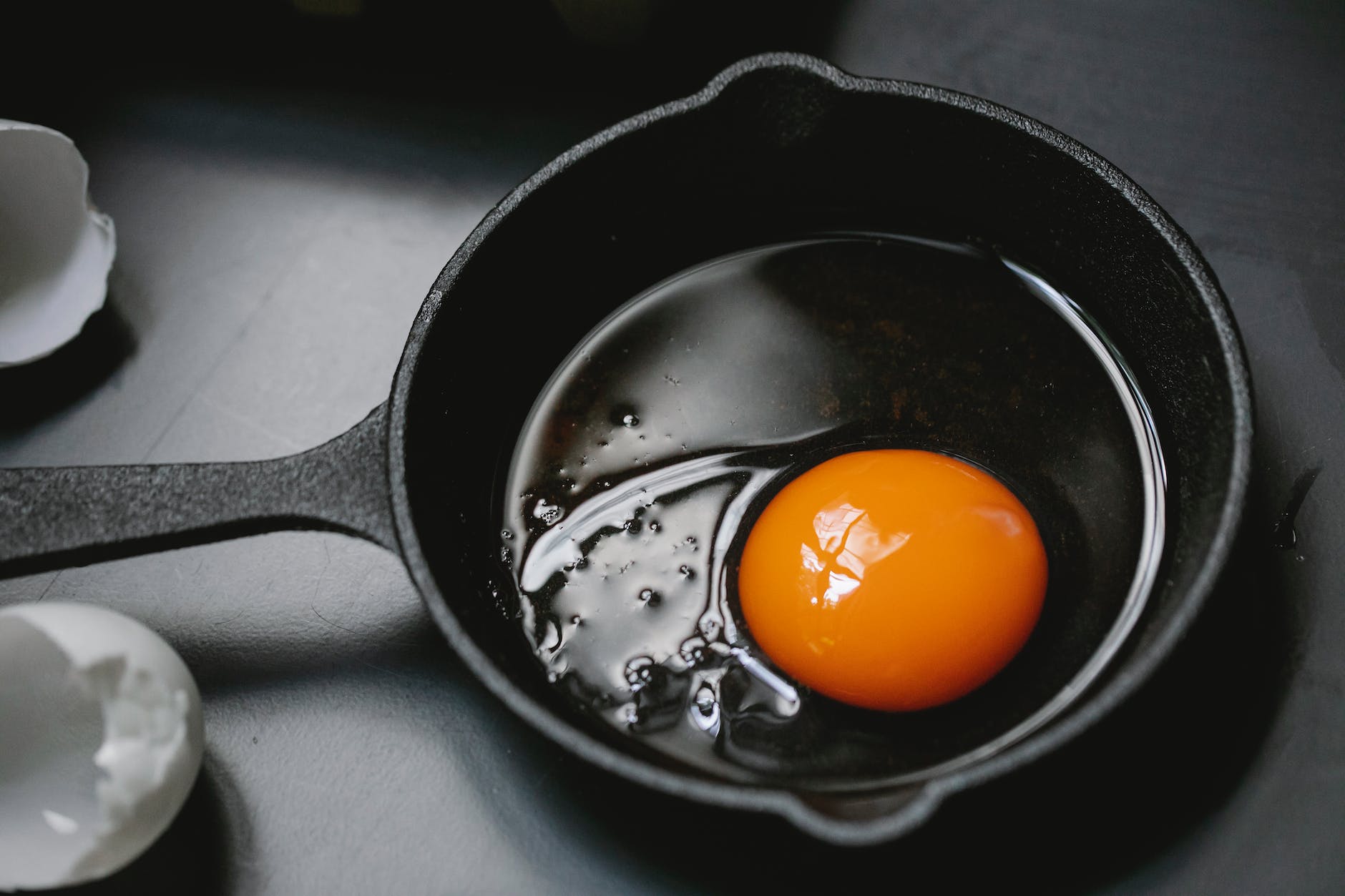
Few items in the culinary world have a reputation as solid as the cast iron pan. From its incredible durability to excellent heat retention and its potential to elevate flavors, it’s often hailed as the cornerstone of any well-equipped kitchen. It has been the silent companion of countless cooks, helping to churn out everything from crispy bacon and pancakes for breakfast, to perfectly seared steaks and robust pasta dishes for dinner, not to mention the tantalizing desserts like cobblers and skillet cookies. But beneath this glowing reputation lies a less explored side.
Before you make this iconic piece of cookware a part of your kitchen, let’s take a more comprehensive look at its various facets, so you can make a well-informed choice.
⌛ 1. Slow to Heat: The Waiting Game ⏳
Cast iron pans are heavy-duty, which makes them slow to heat up. Unlike their aluminum or copper counterparts, they take their sweet time to reach the desired temperature.
For those busy weekday mornings when you’re trying to quickly fry some eggs or whip up a fluffy omelet, this can be frustrating. If time and speed are of the essence in your cooking routine, this slow heat-up factor is definitely worth considering.
🍲 2. Selective Stovetop Compatibility: Not Every Flame’s Friend 🔥
While cast iron pans are legendary on traditional gas or electric stovetops, their compatibility with modern cooktops can be a bit of a hit or miss. Induction cooktops can work well with cast iron due to its magnetic nature, but the rough surface of the pan could potentially scratch the glass surface of the stove. Glass cooktops may also struggle to heat the pan evenly due to the pan’s weight and flat bottom.
So, if you’re in love with that hearty beef stew or stir-fried vegetables but have an induction or glass cooktop, you might need to think twice before investing in a cast iron pan.
🧹 3. Maintenance Matters: Not for the Carefree 🛠️
If you think buying a cast iron pan is a one-time investment, think again! It requires regular care and attention. The pan needs to be seasoned regularly to maintain its non-stick surface and prevent it from rusting.
Sure, this high maintenance routine is a small price to pay when you get to enjoy a decadent deep-dish pizza or perfectly roasted vegetables. But if you’re more of a “wash-and-go” person, this level of upkeep could feel overwhelming.
☔ 4. The Rust Risk: Keep It Dry, Keep It Safe ☔
The cast iron pan’s primary nemesis is water. If the pan is not dried thoroughly after washing, it can start to rust. This not only affects the taste and quality of your food but can also shorten the lifespan of your pan.
Imagine pulling out your pan to make a batch of Sunday pancakes or to roast some chicken for a weeknight dinner, only to find spots of rust on it. Not a pleasant sight! If you live in a humid climate or have a hectic schedule that doesn’t allow for careful drying and oiling after each use, this is an important factor to consider.
🌡️ 5. Hot to Handle: Beware of Burns 🌡️
Ever reached for a pan on the stove, only to yelp in surprise because the handle was searing hot? With a cast iron pan, this could be a frequent occurrence. The handle of a cast iron pan is made of the same material as the pan, meaning it gets just as hot.
While a pot holder or a handle cover can mitigate this issue, it’s an extra detail to keep in mind, especially when you’re busy juggling multiple tasks in the kitchen. Whether you’re stirring a spicy jambalaya or flipping a delicate fish fillet, safety should never be compromised.
💡 Final Words: Choose Wisely, Cook Happily 🍽️
In the grand scheme of cooking, a cast iron pan can either be a hero or a heavy load. It can produce wonderfully browned steaks, mouth-watering stir-fries, and even baked goods with a crisp, golden crust. Your weekend brunch of Dutch baby pancakes or a family-pleasing paella could reach new culinary heights with a cast iron pan.
However, it comes with its own set of challenges, from slow heat-up time and selective cooktop compatibility to high maintenance needs and safety concerns. If you’re someone who finds joy in taking care of your cookware and doesn’t mind a bit of extra effort for superior results, a cast iron pan could be your kitchen soulmate.
But if you’re looking for a more carefree cooking experience, or you need cookware that heats up quickly and is easy to handle, then it might be worth exploring other options.
Remember, it’s all about matching your unique cooking style and lifestyle with the right tools. Make sure to consider all these aspects before investing in a cast iron pan. After all, the best meals are cooked with not just great ingredients, but also with love, care, and the right equipment. Happy cooking! 🍳🔥🥘
Blog Tags: cast iron pan, cookware, kitchen tools, heat distribution, stovetop compatibility, maintenance, rust prevention, safety in the kitchen, home cooking, culinary tips, food and kitchen guide









